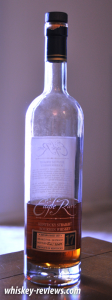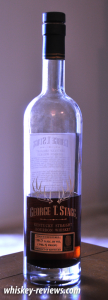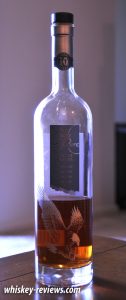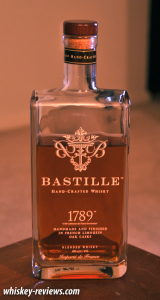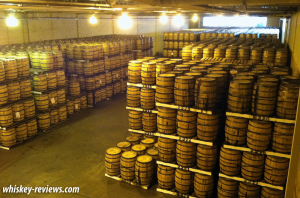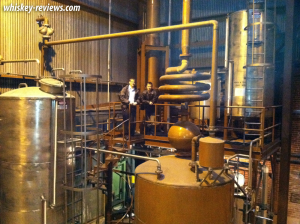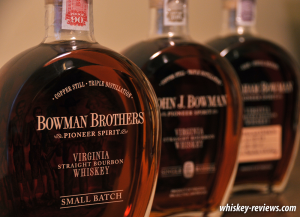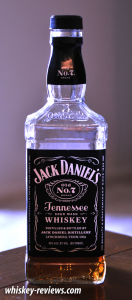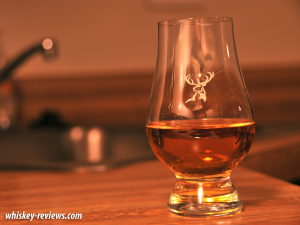 Welcome to 2012!
Welcome to 2012!
According to some of the conspiracy theorists out there, this is the year that the world will end. If that is the case, you’re going to need a drink or two, but you’ll need to know the proper way to consume.
Let me start this post by saying that, in my opinion, there is no wrong way to drink whiskey. It really all comes down to personal preference and what makes you happy. However, there are certain ways of drinking whiskey that will help you get the most out of what’s in your bottle.
Neat
We’re going to work our way backwards with this “lesson”, starting with the most difficult way to drink whiskey and work our way to the easiest. Drinking whiskey neat is my preference when consuming my favorite drink, but will be an ordeal for the average person. For those not sure what this means, neat means just the whiskey; no ice, water, or mixer. This allows the drinker to experience the full spectrum of flavors (and alcohol content) that the whiskey has to offer.
You can use a regular whiskey glass, but the preferred vessel is a nosing glass or snifter (see picture above). This doesn’t necessarily affect the taste of your whiskey, but rather allows you to experience the aromas of the whiskey, by funneling the scents to a narrower top, and clearly showcases the colors of your whiskey. No need to pour a lot; whiskey should be enjoyed in small doses.
Whiskey Disks
If you’re not going to drink your whiskey neat, you should try Whiskey Disks. A company called Hammerstone manufactures these soapstone disks that are made to slightly cool down your whiskey. They do a good job of lowering the temperature without diluting your whiskey. However, when whiskey is cooled down, some experts will argue that it loses some of its more intricate flavors.
I like Whiskey Disks, but they seem a bit unnecessary to me for my purposes.
Splash of Water
Here’s where the debate gets a little interesting. Many whiskey purists, specifically Scotch purists, insist that a splash of water be added to your drink. This is supposed to bring out the “bouquet” of the whiskey and open up all of its flavors. Consequentially, it also brings down the proof and removes some of the bite. I’ve noticed that adding water can in fact improve the whiskey, but to me, it often dilutes it too much for my liking, thus ruining the dram I am enjoying.
For ridiculously high proof whiskeys, like George T. Stagg, a splash of water really helps the drinker get past the burn.
Ice
Ice gets a bad rap in the whiskey industry. Yes, it will “freeze” some of the flavors in your whiskey, which is why you shouldn’t put ice in a glass you are preparing to pour a high-quality whiskey into. However, everything has its place, and ice can certainly make your whiskey taste a bit more refreshing when you’re just looking to relax. Once in a while, it’s nice to sit back with a bourbon on the rocks, especially on a hot summer day.
Any whiskey that you pay more than $30 on, drink using one of the methods above; ice just dilutes it down too much.
Mixer
I’m probably going to lose all credibility here, but once in a while at the bar, I’ll order a Jack & Coke. Why? Because I enjoy the taste, and it’s a good way to keep myself in check with the alcohol, especially if I have to drive home later. Drinking whiskey with a mixer is also a great way to keep your finances in check, as ordering whiskey straight, significantly Scotch, can add up really quick.
I’ll end this post by urging all of you to consider the situation you are in before choosing your method of drinking whiskey. And don’t be afraid to get a little more pure even if it seems too harsh to you at first. As with all things, your palate needs to adapt to whiskey, and what starts as an unpleasant burn can become a vast world of flavors you never thought possible.
-Ryan
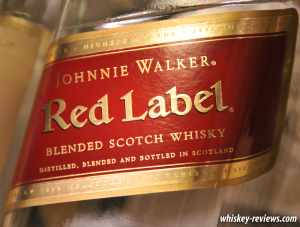 Last time, we focused on the geography of Scotland, and how it affects the taste of the whisky in your bottle. This time we’ll discuss the definitions, and differences between, single malt Scotch and blended Scotch.
Last time, we focused on the geography of Scotland, and how it affects the taste of the whisky in your bottle. This time we’ll discuss the definitions, and differences between, single malt Scotch and blended Scotch.
